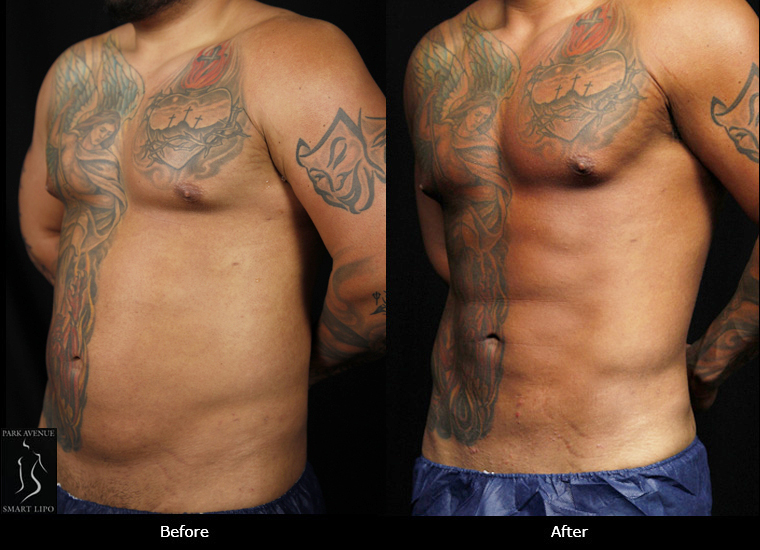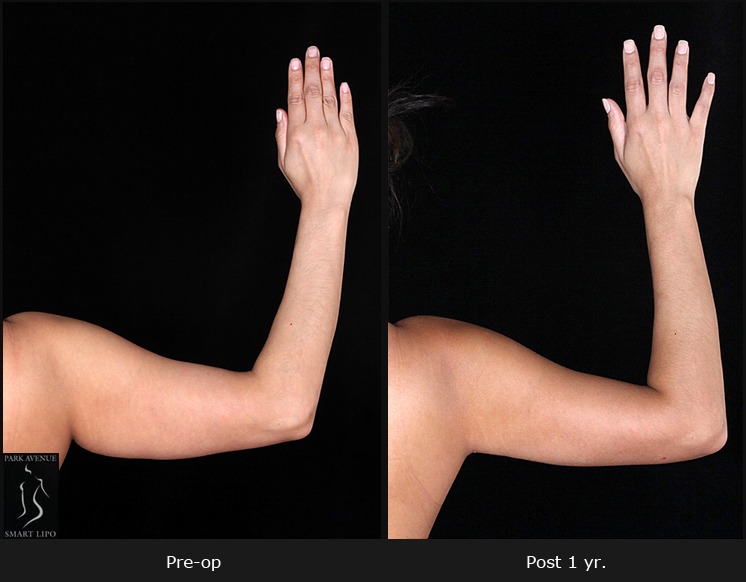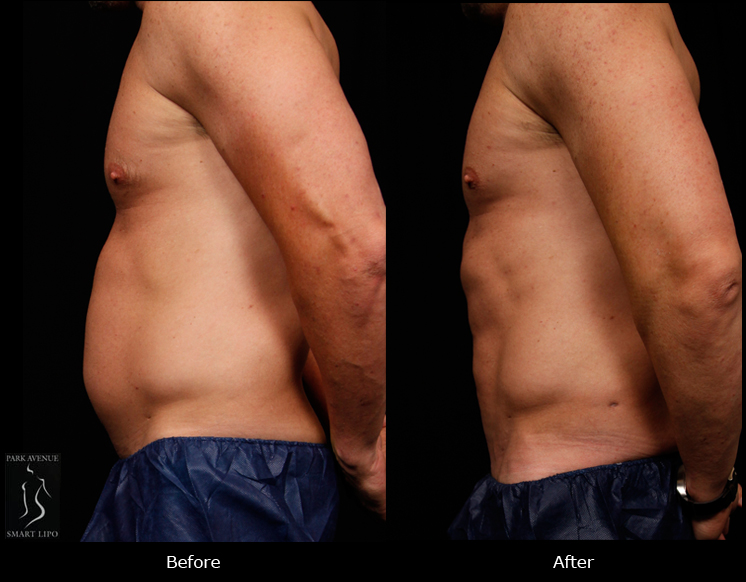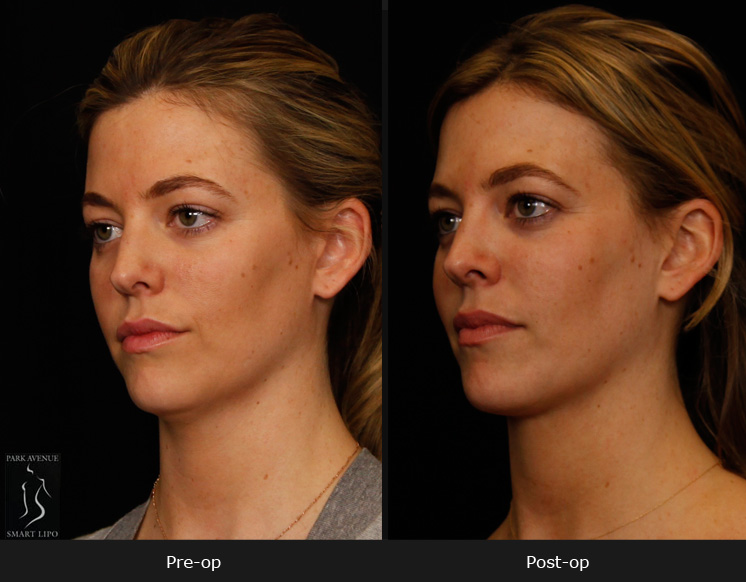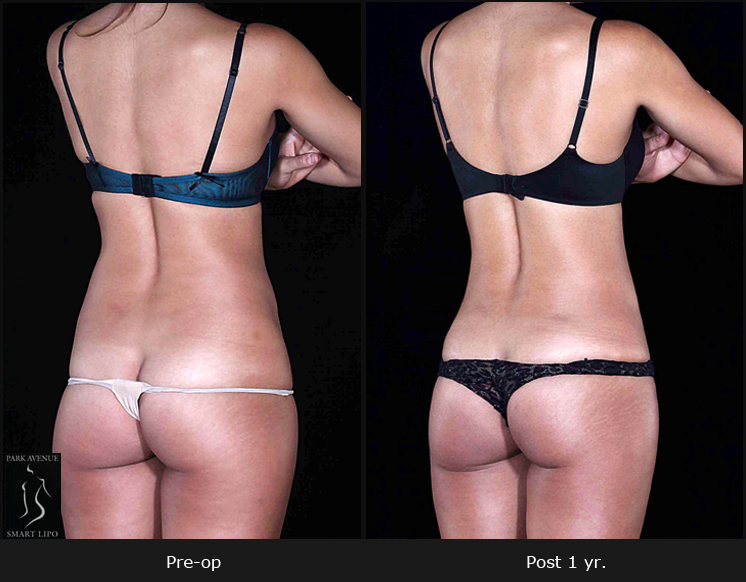Body fat is a major concern for many men and women, especially when it poses aesthetic as well as health issues. Even though the word “fat” is used to describe all body fat, there are certain specific categories of fat. Some types of fat are beneficial and necessary for our health whereas others can have a negative effect. Often stubborn, excess fat pockets are unresponsive to strenuous diet and exercises. If that is the case, the cosmetic procedure liposuction is the best solution to remove these fat accumulations. Male and female liposuction in Manhattan using the Smartlipo Triplex workstation is a safe and effective cosmetic surgery option. The procedure is efficient, safe and offers excellent outcomes.
Body fat is known to have two main purposes:
- Stores excess calories in a safe way so you can mobilize the fat stores when you’re hungry
- Releases hormones that control metabolism
But those are not the only purposes of fat. According to an article in Cosmopolitan, “Not all fat is created equal, some fats are bad for us, and putting on too much of the wrong type of body fat can play havoc with our health.” So to identify good and bad fat, it’s important to know the different types of fat our body has. There are mainly five types of fat in our bodies, each having its own molecular structure and health implications.
- Brown Fat: A type of fat, which is “good” fat that provides cellular energy, is primarily found in babies, typically in the neck and shoulders. Also known as brown adipose tissue (BAT), it is responsible for our core temperature as it burns fatty acids that help to keep you warm. Being a ‘fat burning’ fat, it may also help keep diabetes away. Moreover, researchers are interested in finding ways to stimulate the activity of brown fat to help prevent obesity. In recent studies, scientists have found that lean people tend to have more brown fat than overweight or obese people. You can increase the healthy brown fat by healthy eating, taking the right supplements and making appropriate lifestyle changes. Exposure to cold temperatures also stimulates the transformation of white fat to brown fat.
- Beige: A combination of white and brown fat, Beige or brite fat is found along the spine and collarbone. Just as brown fat, beige cells can help burn fat rather than store it. The Cosmopolitan article says that certain hormones and enzymes released when you’re stressed, cold, or when you exercise can help with the browning process and convert white fat into beige fat.
- White Subcutaneous Fat: This type of fat is made up of large white cells that are stored under the skin or around the organs in the belly, arms, buttocks, and thighs. These fat cells are the body’s way of storing energy for later use. It also keeps blood sugar stable and keeps white fat stores in check. But too much of this white fat could be an alarming signal. Your metabolism slows down and you might start to gain excess weight especially around the hips, thighs and tummy – which is often the most difficult to lose and can also lead to health issues.
- Visceral Fat: This is the more ‘dangerous’ deep fat found around abdominal organs such as the stomach, intestines, and liver. It can cause serious health issues such as heart disease, high blood pressure or cholesterol, and diabetes or stroke. And this fat cannot be removed through liposuction. You can lose this fat by performing regular exercises and by following a low-fat diet. If you are already getting at least 30 minutes of moderately intense, fat-burning exercise five days a week, along with weight training, you are on your way to shedding visceral fat. However, in healthy proportions, visceral fat is an essential fat for overall health, to cushion and protect our organs and help keep our core temperature stable.
- Subcutaneous Fat: Unlike other fats, subcutaneous fat is a combination of brown, beige, and white fat cells that are located right under the skin, which is measured to determine body fat percentage. They are usually present on the belly or on the back of your arms, thighs and buttocks. A certain amount of subcutaneous fat is normal and healthy, but too much can lead to imbalanced hormone levels and sensitivity and it could also affect your appearance. Subcutaneous fat is often the most difficult to respond to positive changes in exercise and diet. That is, in general, darker fats are the ‘good kind’, while light, or ‘white’ fats are what accumulate in the body when your diet and lifestyle aren’t right for you, and cause long-term health issues. Here, liposuction is the best option.
Liposuction is one of the most widely accepted cosmetic surgical procedures today. According to the American Society of Plastic Surgeons (ASPS), a total of 258,558 liposuctions were performed in 2018, an increase of 5% from 2017. Though both men and women undergo liposuction, the demand for female liposuction in Manhattan is on the rise, with new mothers, models and others undergoing the procedure to improve their appearance following pregnancy or weight gain.
With the advancements in the field of plastic surgery, liposuction can now be performed using minimally-invasive Smartlipo in NYC, a safe and effective laser-assisted modality. Laser liposuction can be performed as an outpatient procedure under local anesthesia and is ideal when there are smaller areas of stubborn fat. The procedure begins with the surgeon administering local anesthesia and then making a small incision at the treatment site. The small cannula of the Smartlipo device is inserted into the incision to deliver the laser energy and liquefy the fat, allowing it to be gently suctioned out easily. Once you have the procedure done, your body metabolism will accelerate to heal itself and you will recover quickly.
So, if you are considering liposuction in Manhattan, New York City, choose a reliable AAAASF-accredited plastic surgery facility that offers liposuction and advanced technology such as Smartlipo. Such facilities would provide the service of skilled and trained plastic surgeons who can easily determine what kind of body fat you have and what type of treatment you require.

